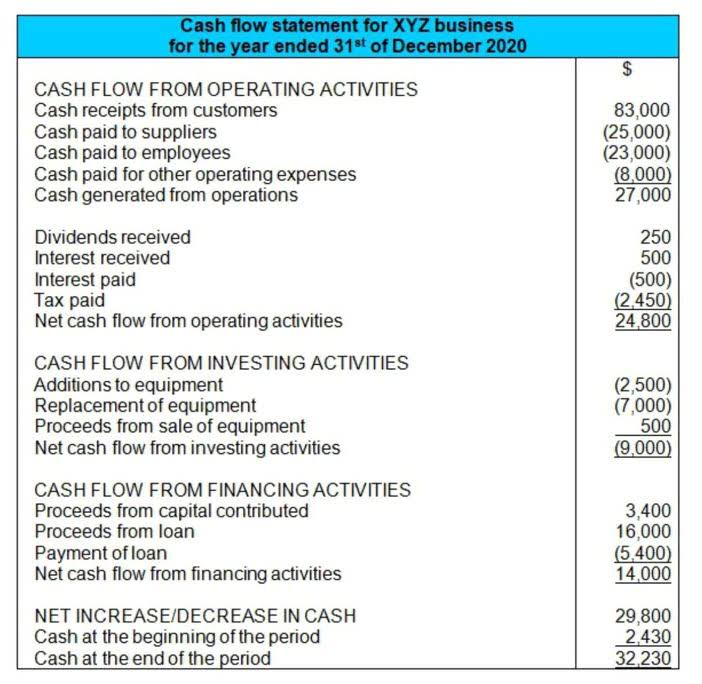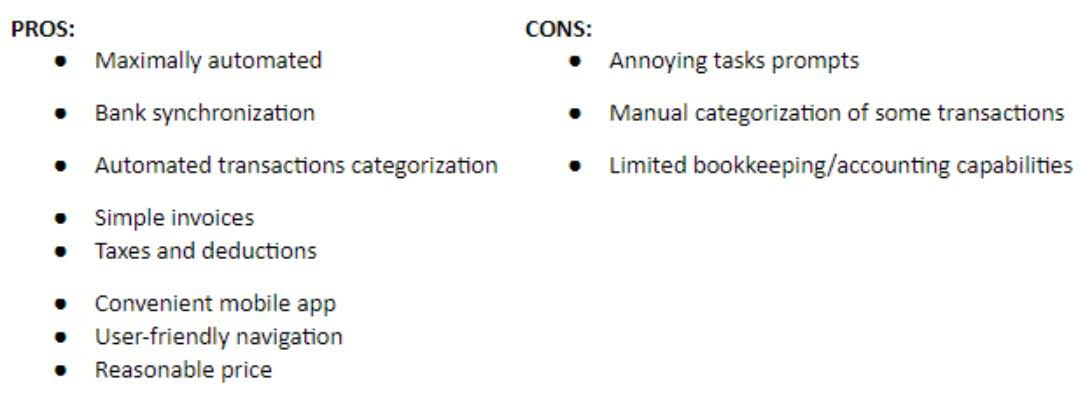Content

A trade discount is typically a certain percentage of the suggested retail price, while cash discounts possess fixed amounts. Like any discount, a trade discount represents a reduction in price. It’s an incentive offered by manufacturers to attract resellers and create a symbiotic partnership. Resellers have the ability to turn a profit selling pre-made goods; manufacturers focus on production by outsourcing sales.

The prices listed in the catalogs are often called list prices or manufacturers suggest retail price (MSRP). Other business within the industry that use the manufacturers products rarely pay list price for them. Instead, the manufacturer gives the wholesaler or retailer a discount on each purchase or a percent off of the list price. A cash discount, on the other hand, is calculated on the invoice price of the items. Suppliers or wholesalers usually provide their buyers with a credit period.
Zend Coffee discount deals for National Coffee Day
Trade discounts are usually given to wholesalers that order large quantities of a product as well as retailers with good relationships with the manufacturer. Purchase discounts or cash discounts are based on payment plans not order quantities. A trade discount is a reduction in the list price of a product or service offered to a customer by a supplier. It differs from other forms of discounts such as cash discounts, quantity discounts, and promotional discounts because it is negotiated between the supplier and the customer. To calculate a trade discount, you need to know the list price of the product or service and the percentage discount offered.
- Buyers offer discounts and sellers receive it, either implicitly or explicitly.
- The customer’s total purchase amount determines the discount received; the more they buy, the greater the savings off of list prices.
- The use of trade discounts allows a company to vary the final price based on each customer’s volume or status.
- Read on to find out how to calculate discount and what the discount formula is.
- At Finance Strategists, we partner with financial experts to ensure the accuracy of our financial content.
- A trade discount is calculated on the list price itself before any transaction takes place.
The cash discount will become the expense of the company as it will reduce the accounts receivable previously record. It means the company will provide a cash discount of 2% over the invoice amount if the customer pays within 10 days from the invoice date. Trade discount is provided before the seller records revenue and accounts https://www.bookstime.com/articles/construction-in-progress-accounting receivable, so it does not impact the accounting transaction. We simply record revenue and accounts receivable for the net amount. We record the revenue only the net amount which equals to gross price less discounted amount. Resellers also benefit from this discount as they grow and their own costs become more streamline.
Limitations of Trade Discounts
Trade discount is a reduction granted by a supplier of goods/services on the list or catalogue prices of the goods supplied. Emilie is a Certified Accountant and Banker with Master’s in Business and 15 years of experience in finance and accounting from corporates, financial services firms – and fast growing start-ups. Shipley Do-Nuts, which has more than 340 locations nationwide, on Friday is giving away a free medium House Blend hot coffee or iced coffee with any purchase. Cash discount is the amount deducted by the seller when the buyer makes payment within the credit term.
- Instead, their costs actually decrease as their discount rate improves.
- The actual selling price equal to the normal price deducts the discount dollar amount.
- Reduction in price makes a psychological impact on the customer which results in the purchase.
- They are offered in various forms, including quantity discounts, seasonal discounts, cash discounts, promotional discounts, and trade-in allowances.
- Perks members at sandwich chain Potbelly Sandwich Works can put their membership to good use on National Coffee Day.
- Harold Averkamp (CPA, MBA) has worked as a university accounting instructor, accountant, and consultant for more than 25 years.
Trade discounts are deducted outright from the product’s listed price. Meaning, the seller records the sale at the price net of the trade discount. The buyer also records the purchase at net of the trade discount.
Customer Service
A wholesaler, on the other hand, might order 1,000 t-shirts at a time and could receive a 12 percent discount. Trade discounts are also based on customer loyalty and vendor relationships over time. Trade discounts are what make it possible for resellers and distributors trade discount to operate. If they bought at-cost and marked up product, they’d exceed MSRP, which would drive customers to purchase from the manufacturer directly. Buying at a discount and selling at MSRP builds in margins and creates a viable, sustainable business model.
If the buyer makes a quick payment within the mentioned credit period, the seller offers an additional discount on the pre-decided invoice price (that may or may not be net of existing trade discount). For example, a supplier may offer a 10% trade discount to customers who purchase 100 units of a product or service. This means the customer will pay only 90% of the list price for each unit. This discount serves as a strategy to incentivize the buyer to make a purchase, particularly in large quantities, thereby fostering a symbiotic relationship between the two parties.
Promotional Discounts
The records will be kept on the basis of this final amount only. They have has been part of business transactions since the beginning of time. Buyers offer discounts and sellers receive it, either implicitly or explicitly. The purpose of this article is to explain the difference between trade discount and cash discount in detail.

The trade discount would be $10 (10% of $100), which means the customer would pay $90 for the product. One reseller orders 500 green widgets, for which ABC grants a 30% trade discount. Thus, the total retail price of $1,000 is reduced to $700, which is the amount that ABC bills to the reseller. Trade discount is the reduction in the retail price of a product that the manufacturer offers when selling to a reseller, rather than the end customer.







